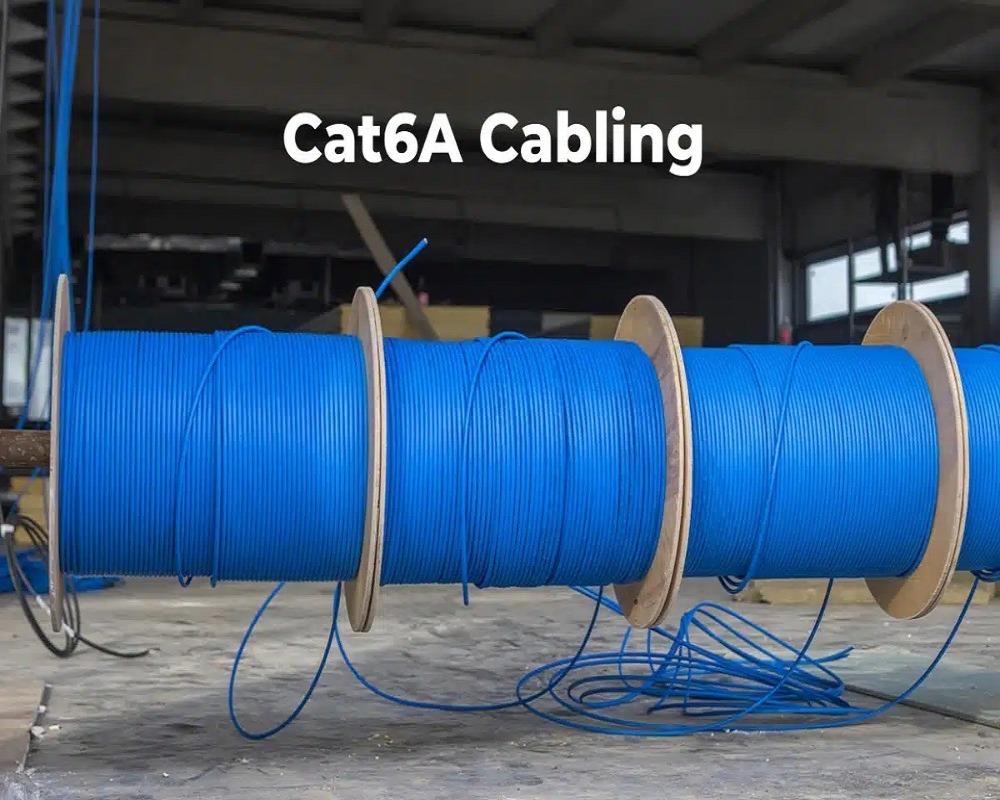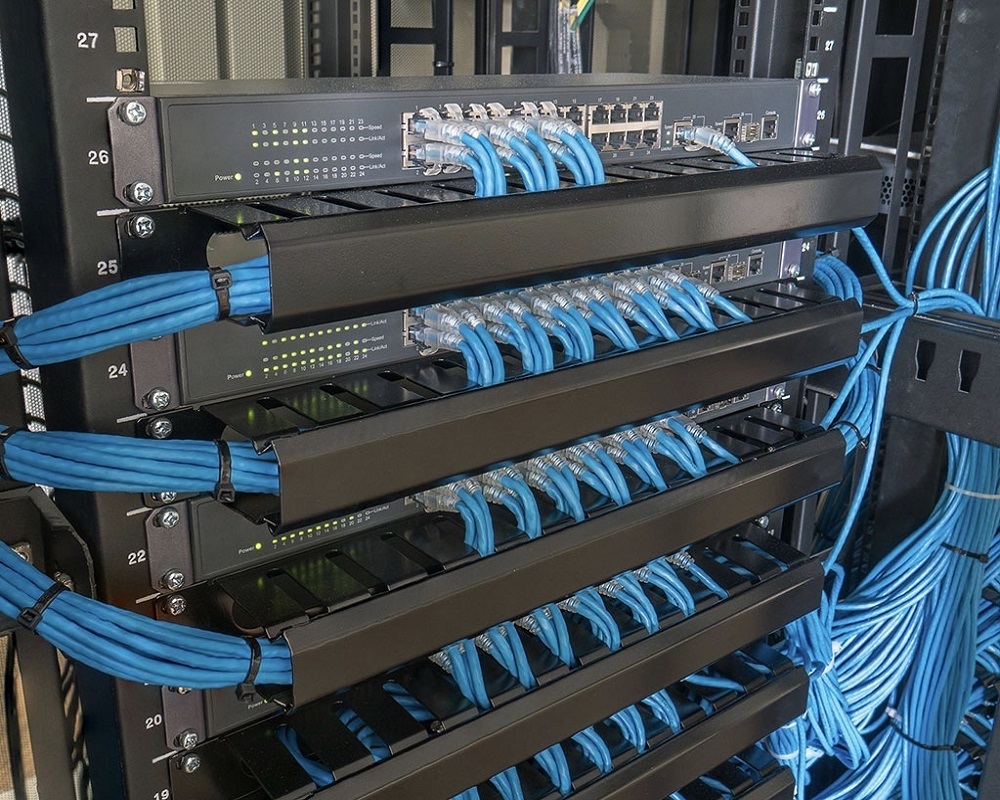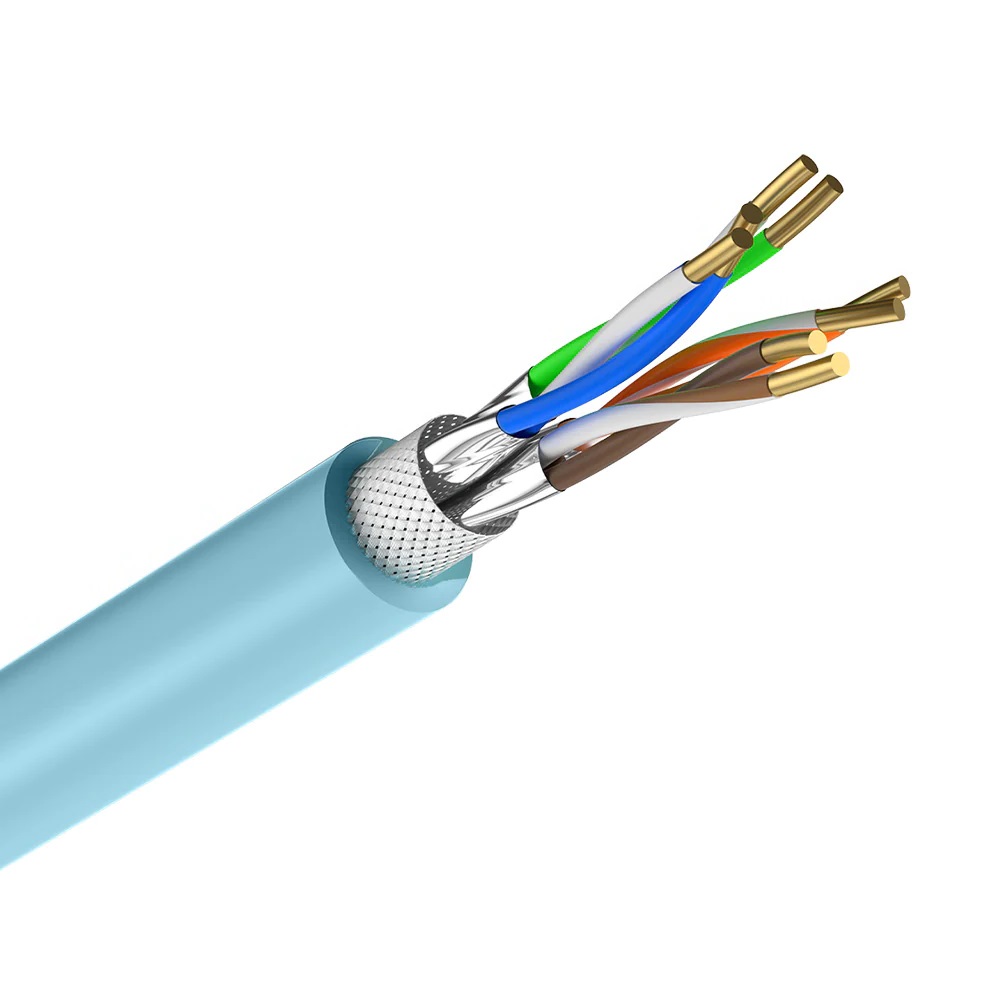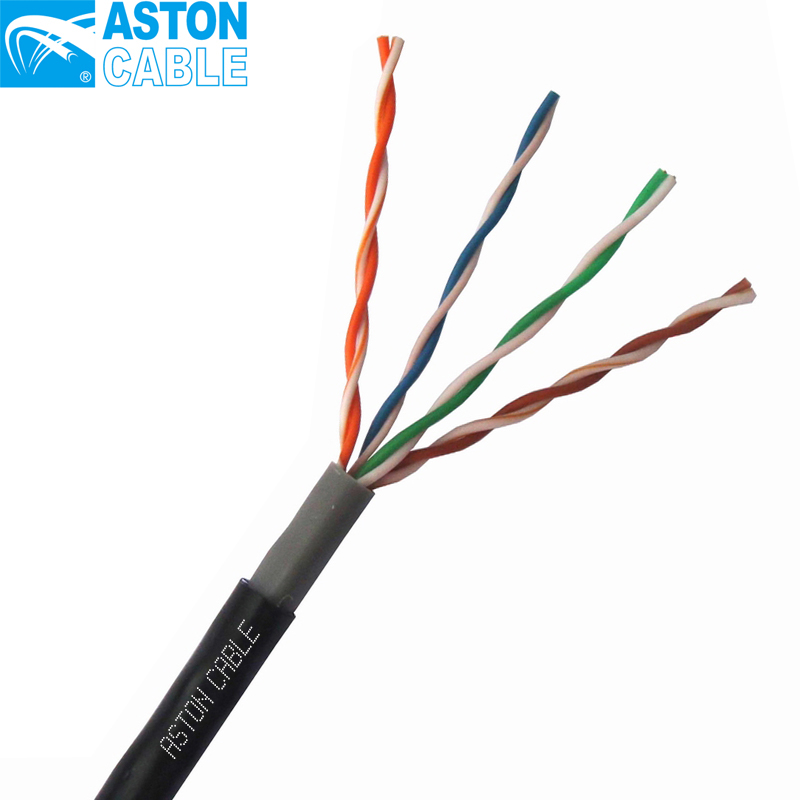Product Main Parameters
| Parameter | Specification |
|---|---|
| Conductor Material | Bare Copper |
| Gauge | 23 AWG |
| Pairs | 4 Pairs Stranded |
| Insulation | PE |
| Shield | 4 pairs Al foil Shield |
| Jacket Material | PVC/LSZH |
| Flame Retardant | IEC Compliant |
Common Product Specifications
| Specification | Detail |
|---|---|
| Frequency | 500MHz |
| Data Rate | 10Gbps |
| Cable Length | Up to 100 meters |
Product Manufacturing Process
The manufacturing process of UTP Ethernet cables includes several critical steps, each ensuring the cable's performance and reliability. The process begins with the careful selection of high-quality copper, which is then drawn through dies of decreasing diameter to form the conductor. This drawn copper wire is annealed for pliability before being twisted into pairs, a design imperative that minimizes crosstalk and interference. The twisted pairs are then insulated with polyethylene (PE) to further enhance signal integrity. Advanced manufacturing techniques ensure precise twisting intervals, maintaining the cable's high-speed data characteristics. The next stage involves shielding the twisted pairs with aluminum foil, applying a protective jacket such as PVC or LSZH, which imparts mechanical strength and flame retardancy. Rigorous quality checks are conducted at multiple stages to comply with ISO and IEC standards, ensuring a final product that meets the expectations for high-performance networking needs.
Product Application Scenarios
UTP Ethernet cables are integral to various technological setups, including residential, commercial, and telecommunications environments. In residential settings, they form the backbone of connectivity, linking routers, modems, and computing devices to deliver seamless internet access. Their application in commercial networks is widespread, supporting infrastructure by interconnecting workstations, servers, and network switches in office environments. Telecommunications also heavily rely on UTP cables for reliable voice and data transmission across short to moderate distances. Research indicates that UTP cables are preferred in these settings due to their cost-effectiveness and adequate performance, making them a versatile choice for installations requiring high-speed data transfer without extensive shielding.
Product After-sales Service
We offer comprehensive after-sales support for our UTP Ethernet cables, including a warranty period that guarantees product quality and performance. Customers can contact our technical support team for any installation or operational issues they encounter. We also provide guidance on optimal cable usage and maintenance to ensure longevity and reliability in various networking environments.
Product Transportation
Our China-based facility ensures efficient production and transportation logistics. We employ robust packaging to protect the cables during transit, ensuring they reach our global clientele in pristine condition. Our shipping partners are selected for their reliability, ensuring timely deliveries across international markets.
Product Advantages
- Cost-Effectiveness: UTP Ethernet cables are economical, providing high performance at a lower cost compared to shielded variants.
- Flexibility: Their design allows easy installation and routing through tight spaces, ideal in complex network setups.
- Performance: Supports high-speed data transmission, meeting the demands of modern networking requirements.
Product FAQ
- What is the maximum data rate of this cable?
The CAT6A UTP Ethernet cable supports data rates up to 10Gbps, making it suitable for high-speed networking applications.
- Can this cable be used for outdoor applications?
While designed primarily for indoor use, additional protective measures must be taken if used outdoors. This includes ensuring the cable is adequately housed in weather-resistant conduits.
- What is the maximum cable length for maintaining performance?
The UTP Ethernet cable can sustain its performance over lengths up to 100 meters, in line with industry standards for Ethernet cabling.
- How does the cable handle electromagnetic interference?
The twisting of the pairs effectively minimizes crosstalk and interference, but in high-interference environments, alternative solutions like STP may be considered.
- Does the cable support PoE (Power over Ethernet)?
Yes, the CAT6A UTP Ethernet cable supports Power over Ethernet, allowing both data and power transmission through the same cable.
Product Hot Topics
- The Rising Demand for High-Speed Networking Solutions in China
As digital infrastructure in China continues to expand, the demand for high-performance networking solutions like the UTP Ethernet cable is rising significantly. Enterprises and consumers alike require robust connectivity solutions to support growing data needs. The CAT6A UTP Ethernet cable, with its high-speed capabilities and cost-effectiveness, is well-positioned to satisfy this demand, offering a reliable backbone for both emerging and established technologies in China's dynamic market.
- Impact of Cable Technology on Modern Connectivity
Advancements in cable technology have been pivotal in enhancing modern connectivity. The evolution from Cat 5 to Cat 6A cables illustrates the industry's commitment to increasing data speeds and reducing latency. In particular, UTP Ethernet cables from China are gaining traction worldwide due to their innovative design and performance benefits, enabling seamless communication in increasingly complex digital ecosystems.
Image Description











